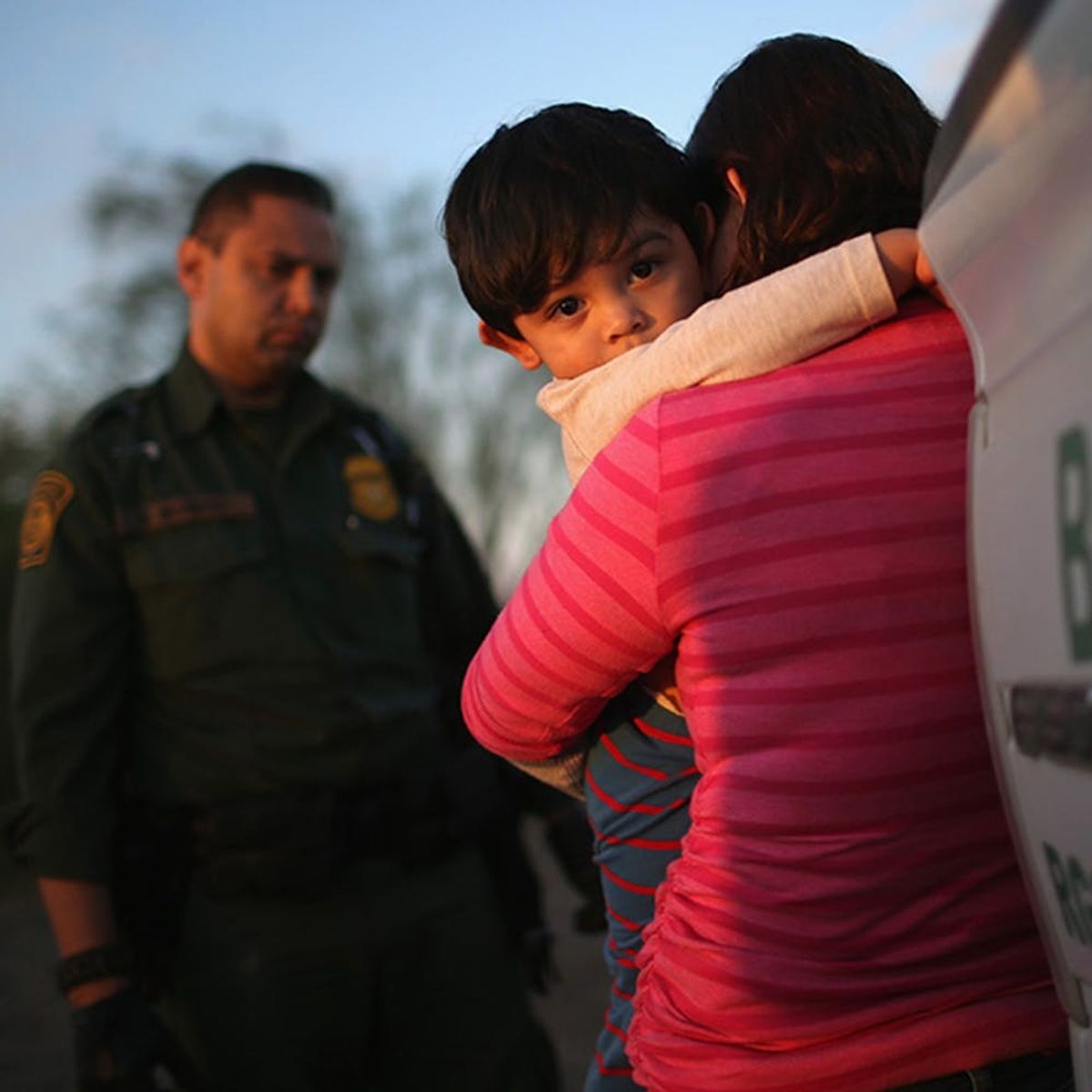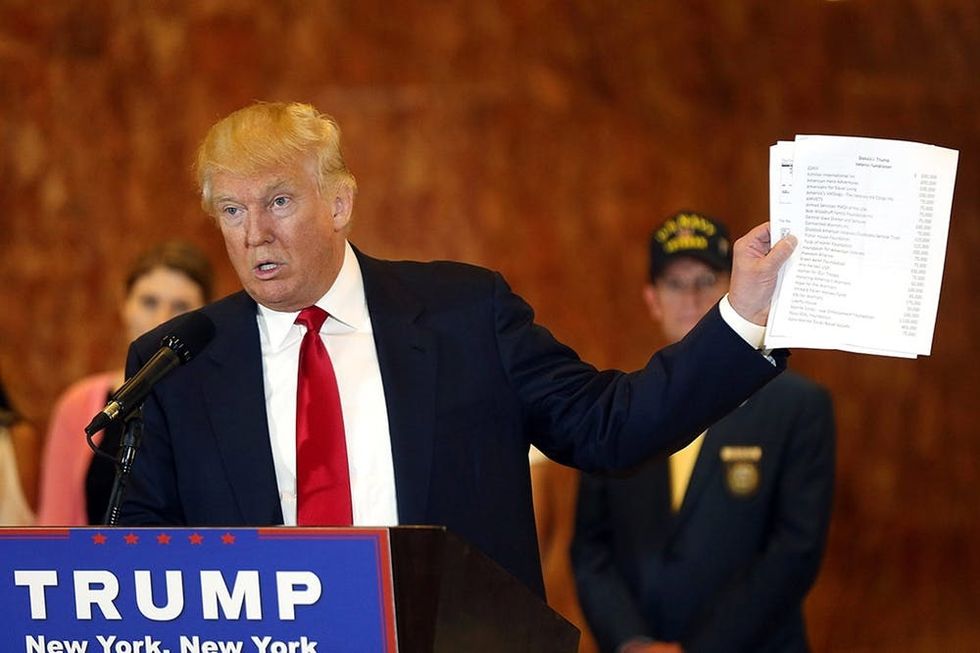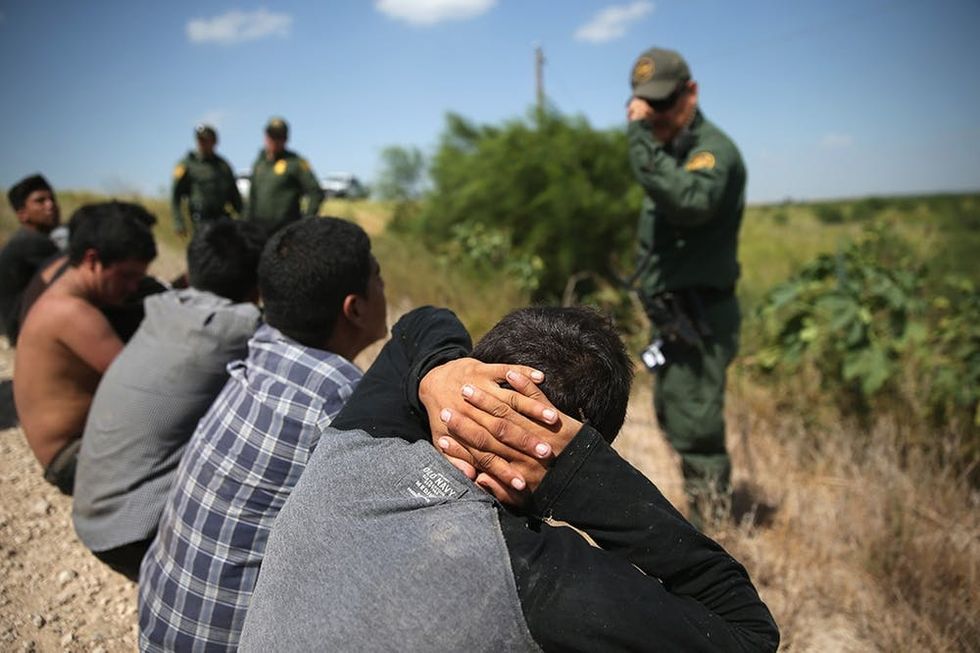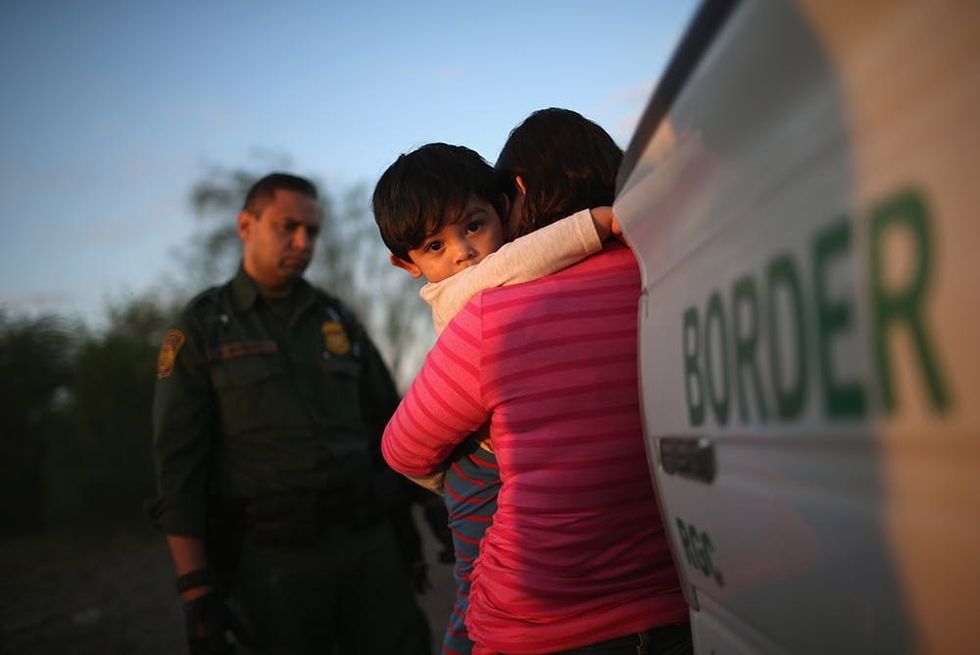Here’s what’s up.
What You Need to Know About Trump’s Tough New Immigration Laws

Immigration reform is at the forefront of President Trump’s 100-day plan. He’s expected to roll out a revised version of his controversial travel ban in the next few days, but in the meantime, he’s still reworking the countries’ immigration policies in a pretty major way. Throughout his campaign, Trump told his supporters, “my first hour in office, those people are gone.” If we’ve learned anything from his 35-day presidency, it’s that he means what he says.
Last week, we saw a large spike in ICE raids, with approximately 600 immigrants arrested across the country. Now, Trump and his team have rolled out a revised set of immigration policies that have many immigrants wary about what their future will look like here in the US.

According to The New York Times, “Immigration agents can now focus on picking up and removing anyone charged with or convicted of any criminal offense, even minor ones, as well as anyone already ordered deported, regardless of whether they have a criminal record.”
As we mentioned in a prior piece about those ICE recent raids, pursuing anyone with a “criminal offense” is concerning because, when it comes down to it, that can really mean a lot of things. CNN recently shared the story of Guadalupe Garcia de Rayos, a woman who’s been in the US for 20 years. She has a husband and kids here. In 2008, she was convicted of a felony for using a fake social security number. After her case went to immigration court, it was determined that she could stay but needed to check in with immigration authorities annually. For the past seven years, she’d simply check in with them and be released. Last Wednesday, Guadalupe was detained and deported back to Mexico.

The concern here is that officers will use this new reform to start rolling out mass deportations. But according to White House Press Secretary Sean Spicer, that’s not the goal. When a reporter asked Spicer, “Is one of the goals here mass deportation?” Spicer responded, “No, not at all […] This is consistent with everything the President has talked about, which is prioritizing the people who are here who represent a threat to public safety or have a criminal record. And all this does is lay out the exact procedures to make sure that that subgroup of people who pose a threat to our nation because of a conviction or a violation of public safety or have a criminal record are adjudicated first and foremost. That’s it, plain and simple.”
Another notable change to be aware of is Trump’s push for the expedited removal of deportees. Currently, if an immigrant is facing deportation, they can go before an immigration judge and plead their case. It usually takes about a year from the time an illegal immigrant is arrested to when they actually go before a judge. With expedited removal, the immigrant does not get to go before a judge and is deported immediately. Previously, this type of removal only applied to those who had been in the country for less than two weeks or who were apprehended 100 miles from the border. Now it will apply to people who have been here for up to two years.

Trump’s immigration crackdown isn’t something we’ve never seen before. Obama was also notoriously hard on undocumented immigrants. Under his administration, guidelines specified that gang members, felons, and those who posed security threats should be the priority for ICE officers. In a 2014 speech, he said, “Even as we are a nation of immigrants, we’re also a nation of laws. Undocumented workers broke our immigration laws, and I believe that they must be held accountable — especially those who may be dangerous. That’s why, over the past six years, deportations of criminals are up 80 percent. And that’s why we’re going to keep focusing enforcement resources on actual threats to our security. Felons, not families. Criminals, not children. Gang members, not a mom who’s working hard to provide for her kids.”
There are commonalities between what Obama laid out and what Trump is proposing, but the reality of those similarities is really all dependent on how Trump, his team, and federal officers decide to define “criminal” immigrants.
(Photos via Getty)

















